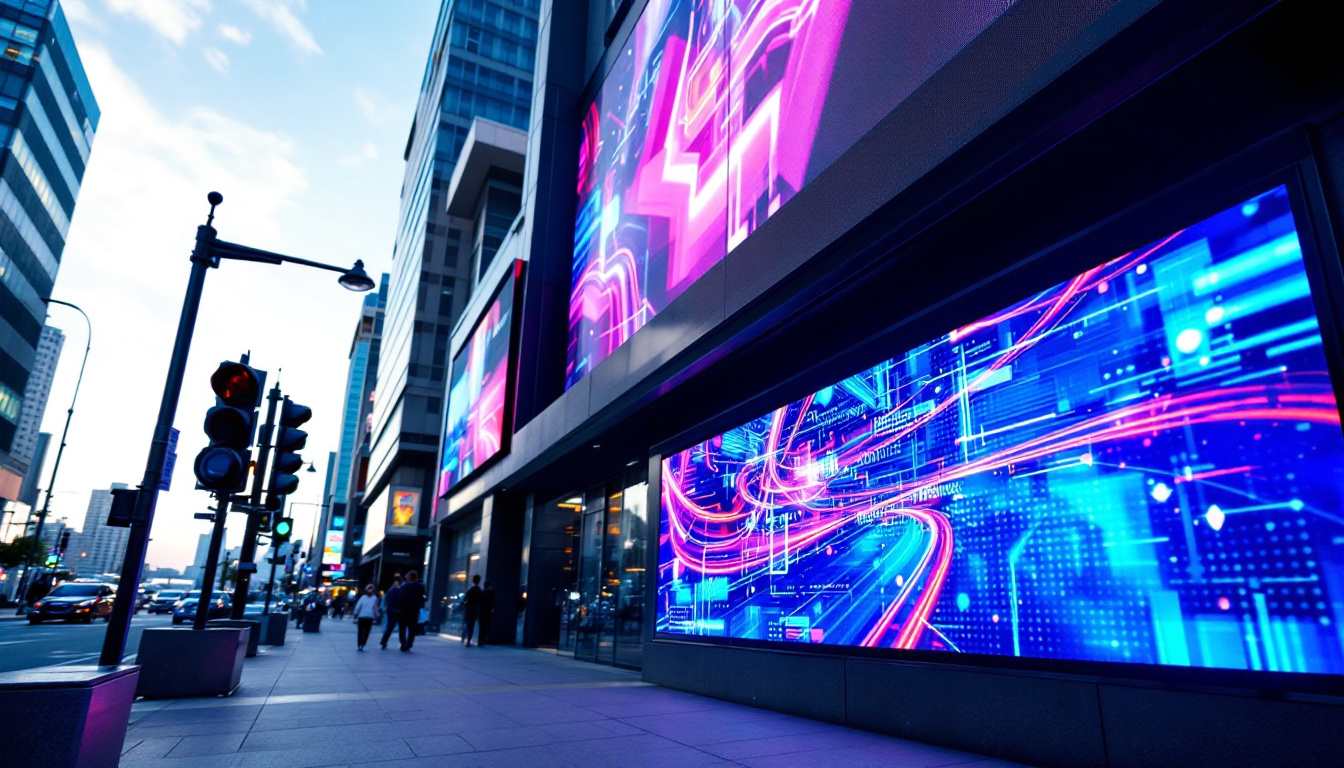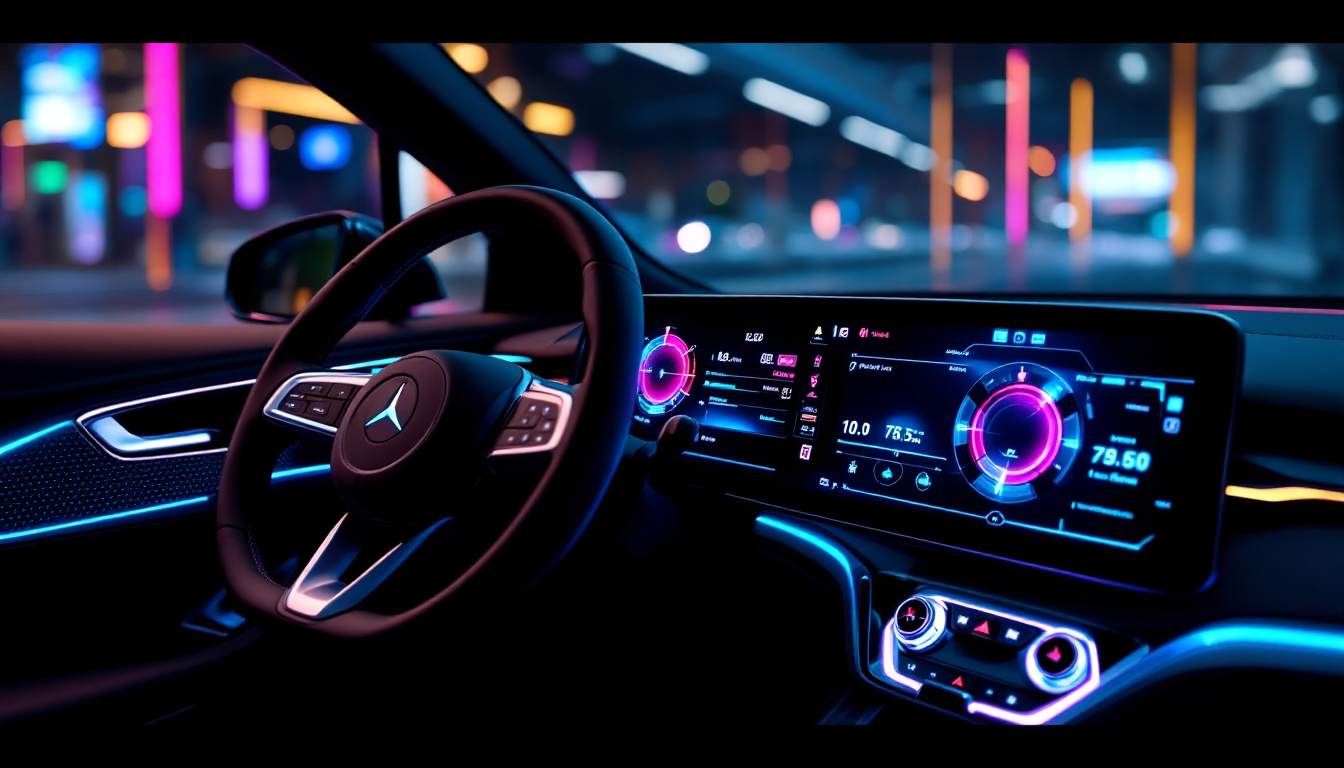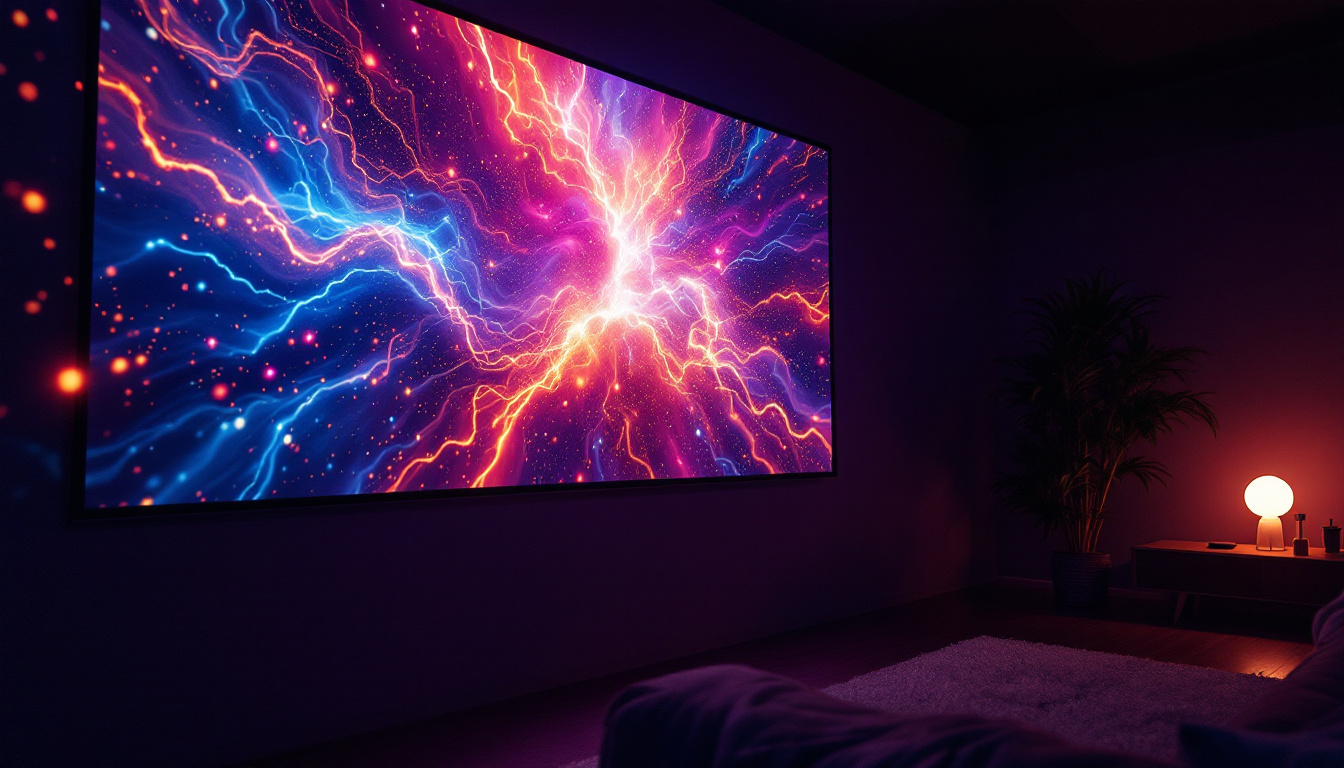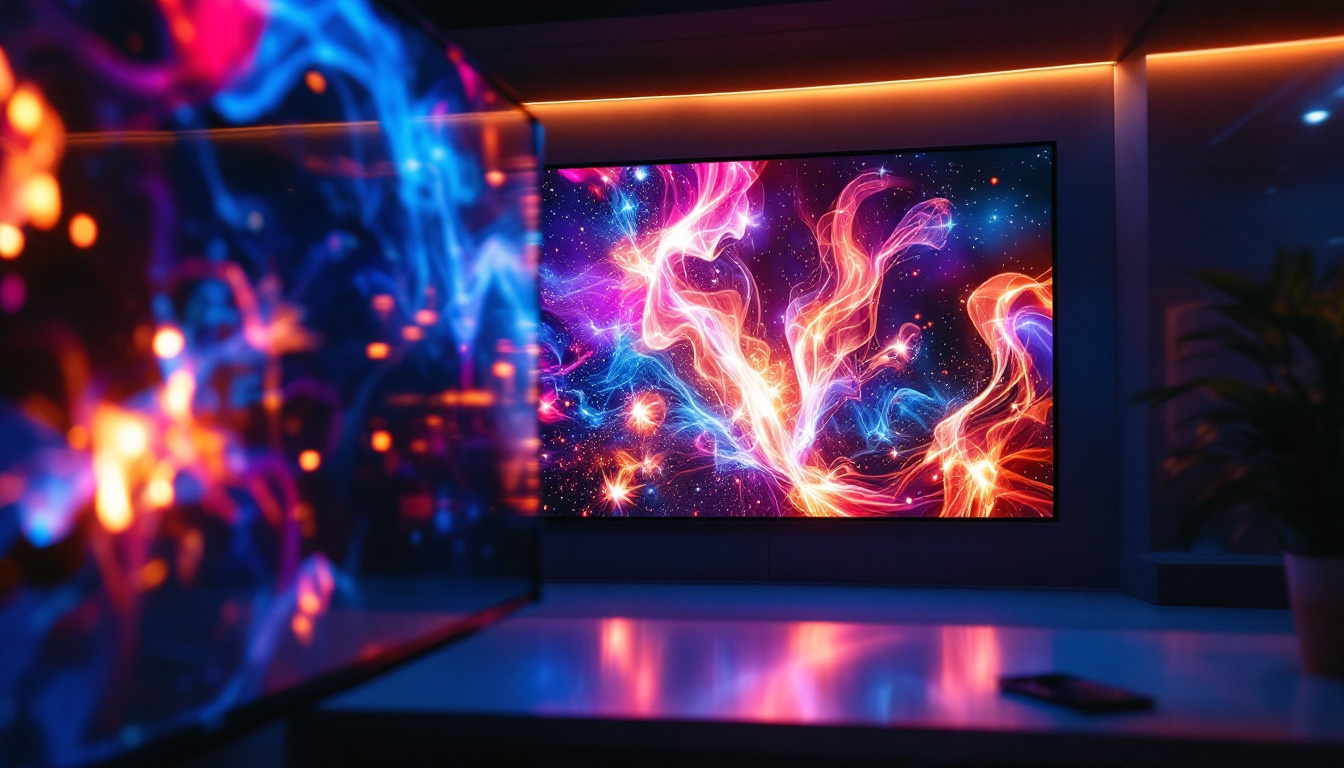In recent years, electronic billboards have transformed the advertising landscape, providing dynamic and eye-catching displays that capture the attention of passersby. These LED displays are not just a modern twist on traditional billboards; they offer a range of benefits that can significantly enhance advertising campaigns. However, one of the most pressing questions for businesses considering this investment is: how much do electronic billboards actually cost? This article will explore the various factors influencing the cost of LED displays, their advantages, and how to choose the right billboard for your needs.
Understanding the Cost of Electronic Billboards
The cost of electronic billboards can vary widely based on several factors, including size, location, technology, and installation requirements. On average, businesses can expect to pay anywhere from $10,000 to over $100,000 for a single LED billboard. This range reflects the diversity of options available in the market, catering to different budgets and advertising strategies.
Factors Influencing Cost
Several key factors contribute to the overall cost of electronic billboards. Understanding these can help businesses make informed decisions when budgeting for their advertising needs.
- Size: The size of the billboard is one of the most significant factors affecting its price. Larger displays generally cost more due to the increased amount of materials and technology required. A billboard that measures 14 feet by 48 feet, for instance, will not only be more expensive to manufacture but will also require a more robust installation process.
- Location: The placement of the billboard can also impact costs. High-traffic areas or prime locations typically command higher prices, both for leasing the space and for the billboard itself. Billboards situated near highways or in bustling urban centers can yield higher visibility and engagement, making them more valuable to advertisers.
- Technology: The type of LED technology used can influence the price. High-resolution displays that offer better image quality and brightness may come at a premium. Furthermore, advanced features like dynamic content capabilities, which allow for real-time updates and interactivity, can significantly enhance the effectiveness of the advertising but also increase costs.
- Installation: Installation costs can vary based on the complexity of the setup. Factors such as the need for structural support, electrical work, and permits can add to the overall expense. In some cases, businesses may also need to consider ongoing maintenance and potential upgrades as technology evolves, which can further impact the financial commitment.
Initial Investment vs. Long-Term Costs
While the initial investment for electronic billboards may seem steep, it is essential to consider the long-term costs and potential returns. LED displays are known for their durability and low maintenance requirements, which can lead to significant savings over time. Additionally, the ability to change advertisements quickly and easily can enhance the effectiveness of marketing campaigns, justifying the initial expenditure. Businesses can capitalize on seasonal promotions or timely events without the delays associated with traditional print advertising.
Moreover, the return on investment (ROI) for electronic billboards can be substantial, especially when compared to static billboards. Studies have shown that digital billboards can increase brand awareness and customer engagement significantly. The ability to display multiple ads in a rotating format means that advertisers can reach a broader audience and tailor messages to specific demographics at different times of the day. This flexibility not only maximizes visibility but also allows for more strategic marketing efforts, ultimately leading to increased sales and brand loyalty.
The Advantages of Electronic Billboards
Investing in electronic billboards offers numerous advantages over traditional static displays. These benefits can contribute to a more effective advertising strategy and increased brand visibility.
Dynamic Content
One of the most significant advantages of electronic billboards is the ability to display dynamic content. Advertisers can rotate multiple ads within a single time slot, allowing for greater flexibility in marketing strategies. This capability enables businesses to target specific audiences or promote different products at various times of the day.
Enhanced Visibility
Electronic billboards are designed to stand out, even in crowded environments. With bright, vibrant colors and high-resolution images, these displays are more likely to capture the attention of drivers and pedestrians alike. This enhanced visibility can lead to increased brand recognition and higher engagement rates.
Real-Time Updates
Another compelling feature of electronic billboards is the ability to make real-time updates. This functionality is particularly beneficial for businesses that want to promote time-sensitive offers or events. Whether it’s a flash sale or a special event, advertisers can quickly adjust their messaging to reflect current promotions, ensuring that their content remains relevant and engaging.
Types of Electronic Billboards
There are several types of electronic billboards available, each with its own unique features and pricing structures. Understanding these types can help businesses choose the most suitable option for their advertising needs.
Fixed LED Displays
Fixed LED displays are stationary and typically used for long-term advertising campaigns. These billboards are designed to display a single advertisement or a series of ads that rotate at set intervals. Fixed displays are ideal for businesses looking for a consistent presence in a specific location.
Mobile LED Displays
Mobile LED displays are mounted on vehicles or trailers, allowing advertisers to take their message on the road. These billboards can be moved to different locations, making them an excellent choice for events or promotions that require flexibility. While the initial investment may be higher, the versatility of mobile displays can lead to broader audience reach.
Interactive Displays
Interactive electronic billboards incorporate technology that allows viewers to engage with the content. This can include touch screens, QR codes, or augmented reality features. While these displays tend to be more expensive, they can create a memorable experience for consumers and drive higher engagement rates.
Budgeting for Electronic Billboards
When planning to invest in electronic billboards, it is crucial to establish a clear budget. This budget should account for not only the initial purchase and installation costs but also ongoing expenses such as maintenance, electricity, and content management.
Initial Costs
The initial costs associated with electronic billboards can vary significantly based on the factors discussed earlier. Businesses should conduct thorough research and obtain quotes from multiple suppliers to ensure they are getting the best value for their investment. It is also advisable to factor in installation costs, which can add a substantial amount to the overall budget.
Ongoing Expenses
In addition to the initial costs, ongoing expenses must be considered. These can include:
- Maintenance: Regular maintenance is essential to ensure the longevity and functionality of electronic billboards. This may involve cleaning, repairs, and software updates.
- Electricity: LED displays consume electricity, and businesses should account for these costs in their budgeting. Energy-efficient models can help mitigate these expenses.
- Content Management: Businesses may need to invest in software or services for managing and updating the content displayed on their billboards.
Financing Options for Electronic Billboards
Given the significant investment required for electronic billboards, many businesses explore financing options to ease the financial burden. Several financing solutions can help make this investment more manageable.
Leasing vs. Purchasing
One of the primary decisions businesses face is whether to lease or purchase their electronic billboard. Leasing can provide lower upfront costs and the flexibility to upgrade to newer technology as it becomes available. On the other hand, purchasing can lead to long-term savings and ownership of the asset.
Financing Plans
Many suppliers offer financing plans that allow businesses to pay for their electronic billboards over time. These plans can vary in terms of interest rates and repayment terms, so it is essential to review options carefully. Comparing different financing plans can help businesses find a solution that fits their budget and cash flow.
Choosing the Right Electronic Billboard
Selecting the right electronic billboard involves careful consideration of various factors. Businesses should evaluate their advertising goals, target audience, and budget when making this decision.
Assessing Advertising Goals
Before investing in an electronic billboard, businesses should clearly define their advertising goals. Are they looking to increase brand awareness, promote a specific product, or drive traffic to a physical location? Understanding these objectives will help guide the selection process and ensure that the chosen billboard aligns with overall marketing strategies.
Target Audience Considerations
Identifying the target audience is crucial when selecting an electronic billboard. Different locations and types of displays may appeal to different demographics. For example, a mobile billboard may be more effective for reaching younger audiences at events, while a fixed display in a high-traffic area may be better suited for local businesses.
Evaluating Budget Constraints
Finally, businesses must consider their budget constraints when choosing an electronic billboard. It is essential to strike a balance between quality and affordability. While it may be tempting to opt for the cheapest option available, investing in a higher-quality display can lead to better results and a more significant return on investment.
Conclusion
Electronic billboards represent a powerful advertising tool that can enhance brand visibility and engagement. While the costs associated with these displays can vary significantly, understanding the factors that influence pricing can help businesses make informed decisions. By considering the advantages of electronic billboards, evaluating different types, and carefully budgeting for both initial and ongoing expenses, companies can effectively leverage this technology to achieve their marketing goals.
Ultimately, investing in electronic billboards can yield substantial benefits, making it a worthwhile consideration for businesses looking to elevate their advertising strategies. With the right approach, electronic billboards can not only capture attention but also drive results, creating a lasting impact in the competitive landscape of modern advertising.
Discover LumenMatrix LED Display Solutions
Ready to elevate your advertising strategy with cutting-edge electronic billboards? LumenMatrix offers a diverse range of LED display solutions tailored to meet your unique marketing needs. From vibrant Indoor and Outdoor LED Wall Displays to dynamic Vehicle and Sports LED Displays, our technology is designed to captivate your audience and amplify your message. Experience the future of visual communication with our innovative LED Poster, Floor, Custom, All-in-One, and Transparent Displays. Don’t miss the opportunity to transform your brand’s visibility. Check out LumenMatrix LED Display Solutions today and make a lasting impression in the world of advertising.































